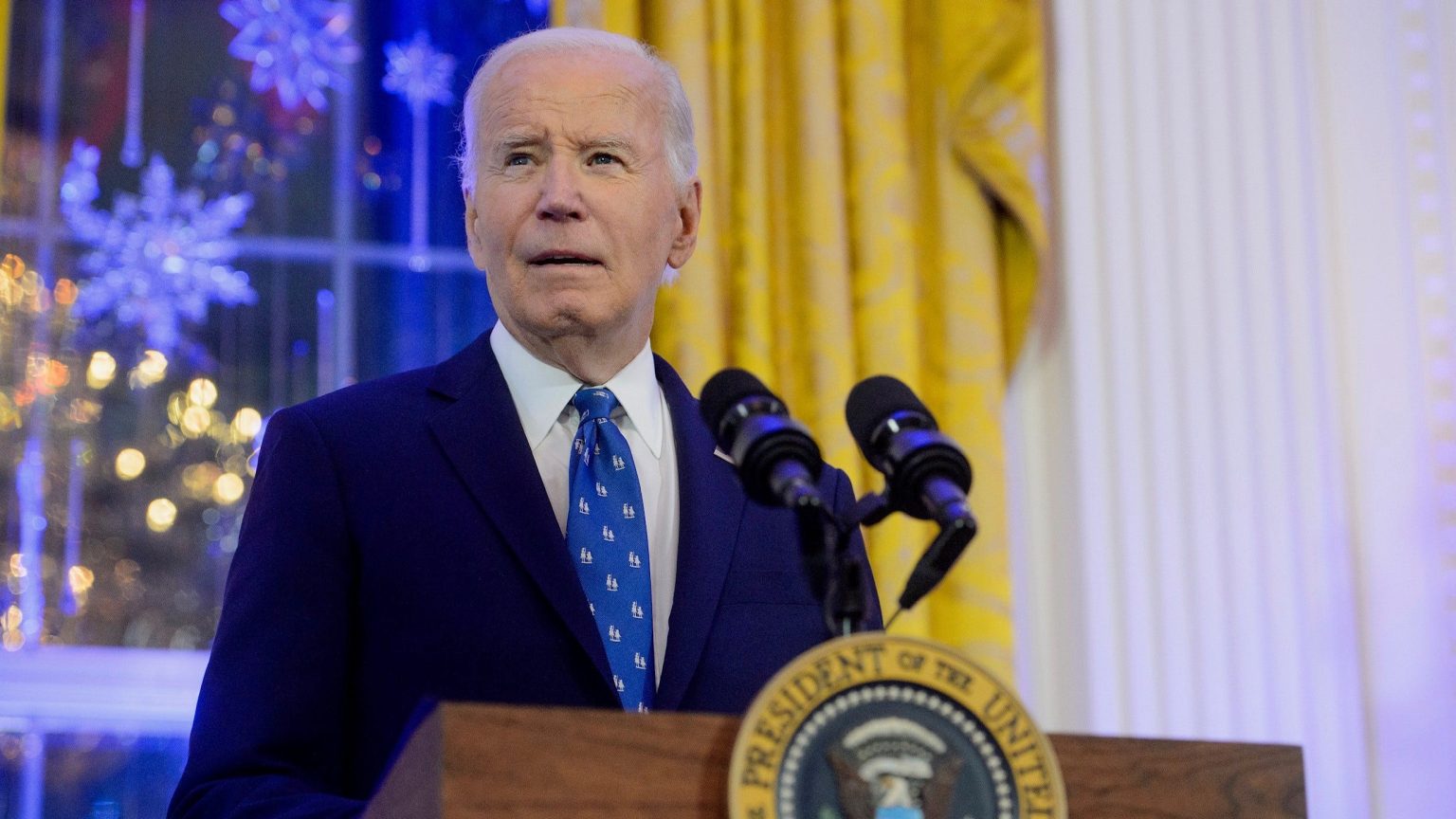The New Year’s Eve attack on Bourbon Street in New Orleans, which claimed the lives of fourteen people and injured thirty-seven others, was perpetrated by a lone actor identified as Shamsud-Din Jabbar, according to President Biden. Jabbar, who died in a shootout with police following the attack, drove a rented pickup truck at high speed into a crowd celebrating the holiday. The investigation revealed that just hours before the vehicular attack, Jabbar had planted explosives in coolers at two separate locations in the French Quarter. He possessed a remote detonator in his vehicle, presumably intended to trigger the explosives. The president affirmed that there was no information suggesting any other individuals were involved in the attack’s planning or execution.
Federal authorities, including the FBI, immediately launched a thorough investigation into the attack, exploring all possible angles, including potential links to other incidents. President Biden specifically mentioned the Las Vegas explosion, also under investigation as a potential act of terrorism, and directed investigators to accelerate their efforts to determine any connection between the two events. While Jabbar claimed inspiration from ISIS, investigators have not discovered any evidence of direct communication or operational guidance from the terrorist group. This indicates a potential case of “lone wolf” terrorism, where an individual acts independently, motivated by an extremist ideology but not directly controlled by a terrorist organization.
The FBI confirmed to congressional lawmakers that they had no prior intelligence on Jabbar before the attack, highlighting the challenges of detecting and preventing acts of violence committed by individuals who are not on law enforcement’s radar. This lack of prior information underscores the difficulty in identifying and mitigating threats posed by individuals radicalized online or through personal experiences, who operate outside established terrorist networks. Identifying the pathway to radicalization is a key element in understanding and preventing future attacks.
Medical personnel at New Orleans hospitals treated a total of thirty-seven victims injured in the attack, with varying degrees of severity. The exact number of individuals who remain hospitalized and their current conditions have not been publicly released. The focus on medical care and support for the victims and their families is a crucial aspect of the response to such a traumatic event. Providing accurate and updated information on the condition of the injured is essential for managing public concern and ensuring transparency.
The investigation into Jabbar’s background revealed he was a U.S. native born in Texas and a former member of the U.S. military. This discovery raises questions regarding the circumstances of his radicalization and whether any experiences during his military service contributed to his extremist views. Authorities are actively pursuing this line of inquiry to understand the factors that led him to commit such a horrific act. Unraveling the path to radicalization is a complex process, often involving a combination of personal experiences, ideological influences, and access to extremist content.
While initial investigations explored a possible military connection between Jabbar and the suspect in the Las Vegas explosion, identified as Matthew Livelsberger, the FBI stated that no definitive link has been established. Despite the lack of direct evidence connecting the two incidents, investigators continue to pursue all leads to ensure a comprehensive understanding of both events and rule out any potential connections. Maintaining a thorough and methodical approach to the investigation is paramount, even in the absence of initial evidence, to ensure that all possibilities are considered and no stone is left unturned. The commitment to exploring all potential connections demonstrates a commitment to preventing future acts of terrorism.

